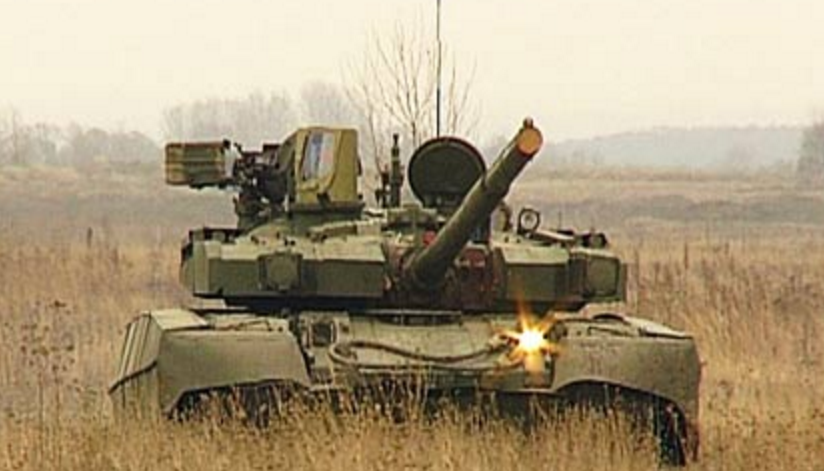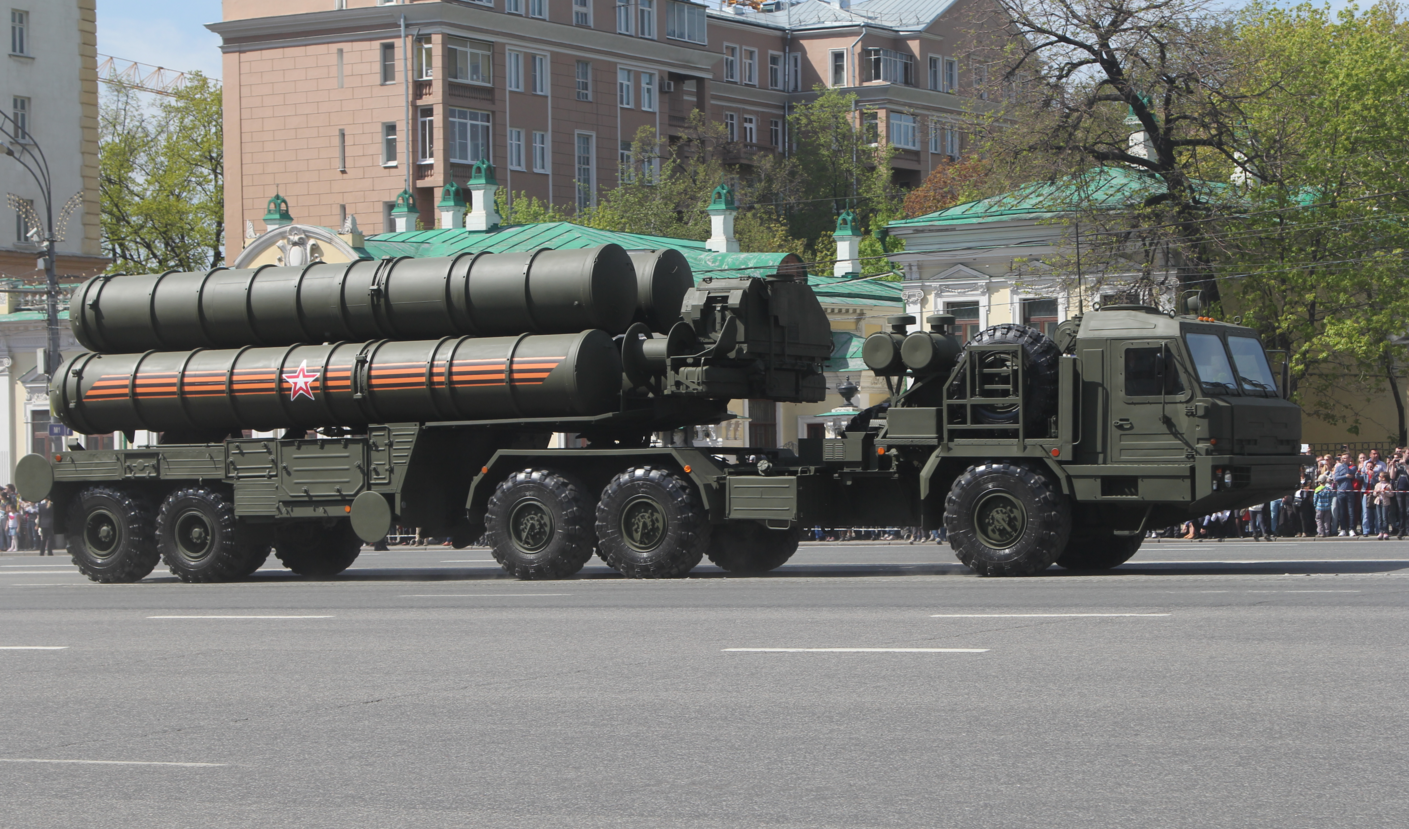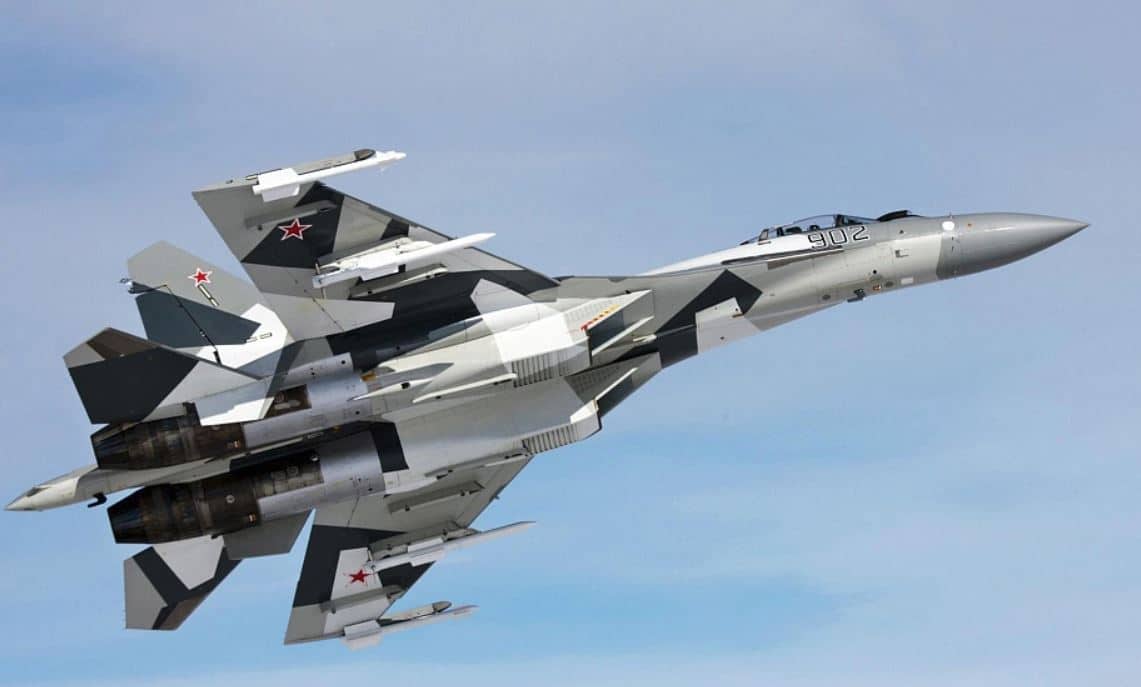2501Views 1Comment

Ukraine introduces new 1500hp diesel engine for tanks
Ukraine’s State Enterprise Malyshev Plant, a state-owned manufacturer of heavy industrial machinery, has recently revealed a new 1500hp diesel engine for use on existing and new main battle tanks (MBT). The new 1500hp engine is reportedly derived from the fairly well adopted 6TD-series, which is in use with the Pakistan Army’s al-Khalid series of MBTs.
Comment and Analysis
For Ukraine’s defence industry, the availability of an exportable 1500hp engine is a very welcome addition. In fact, a 1500hp power-rating has essentially become the standard for new MBT designs; the Hyundai Rotem K2 Black Panther, NORINCO VT-4, and Otokar Altay, among others. Given how proactive Turkey has been in recent months with securing joint-development and production agreements with Ukraine, it will be worth seeing if this new engine could make its way into the hands of Otokar and FNSS.
In a previous piece, we suggested that Pakistan could consider producing the 6TD-series of engines under license; the design could be scaled across thousands of al-Khalid and Haider-based designs over the next several decades. The fact that a 1500hp engine is available bodes well for the idea, especially if it manages to operate well in Pakistan’s diverse operational conditions. In such a scenario, the Haider program could also be impacted (by resulting in serious consideration of the Oplot-M or a heavily customized VT-4). Besides new tanks, Pakistan could theoretically retrofit existing designs, such as the al-Khalid, with the more powerful powerplant.
This is an assumption our part, but today could be the right time to try and secure a manufacturing plant for the 6TD line (1200hp and 1500hp). Ukraine’s precarious economic and political situation is a concern, but its technology base cannot be ignored; Pakistan could have meaningful latitude in securing licensed manufacturing rights at a relatively attractive cost.
The engine would enable the Pakistan Army to comfortably source its various tank designs – it would have limited concern of supply-side restrictions, especially in the long-term. It may also enhance Pakistan’s ability to export tanks as well (more so in the long-term when designs such as the al-Khalid 2 make an appearance). But the emphasis should be on having an engine available that is fully suited for Pakistan’s intrinsic needs without supply-side restrictions.



1 Comment
by Abdul Rashid
There is a lot of confusion about PA’s planned tank procurement plans. There is the long-talked about AK II with very little info available and then there is the Al-Haider program. We have had many great articles on PAF and PN lately so if you can be kind enough and find the time to add just one more item on your never-ending reader requests, PA tanks would be very appreciated. Thanks.